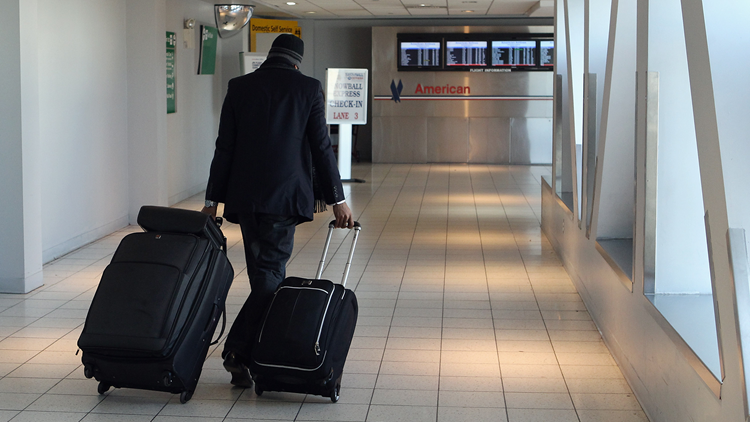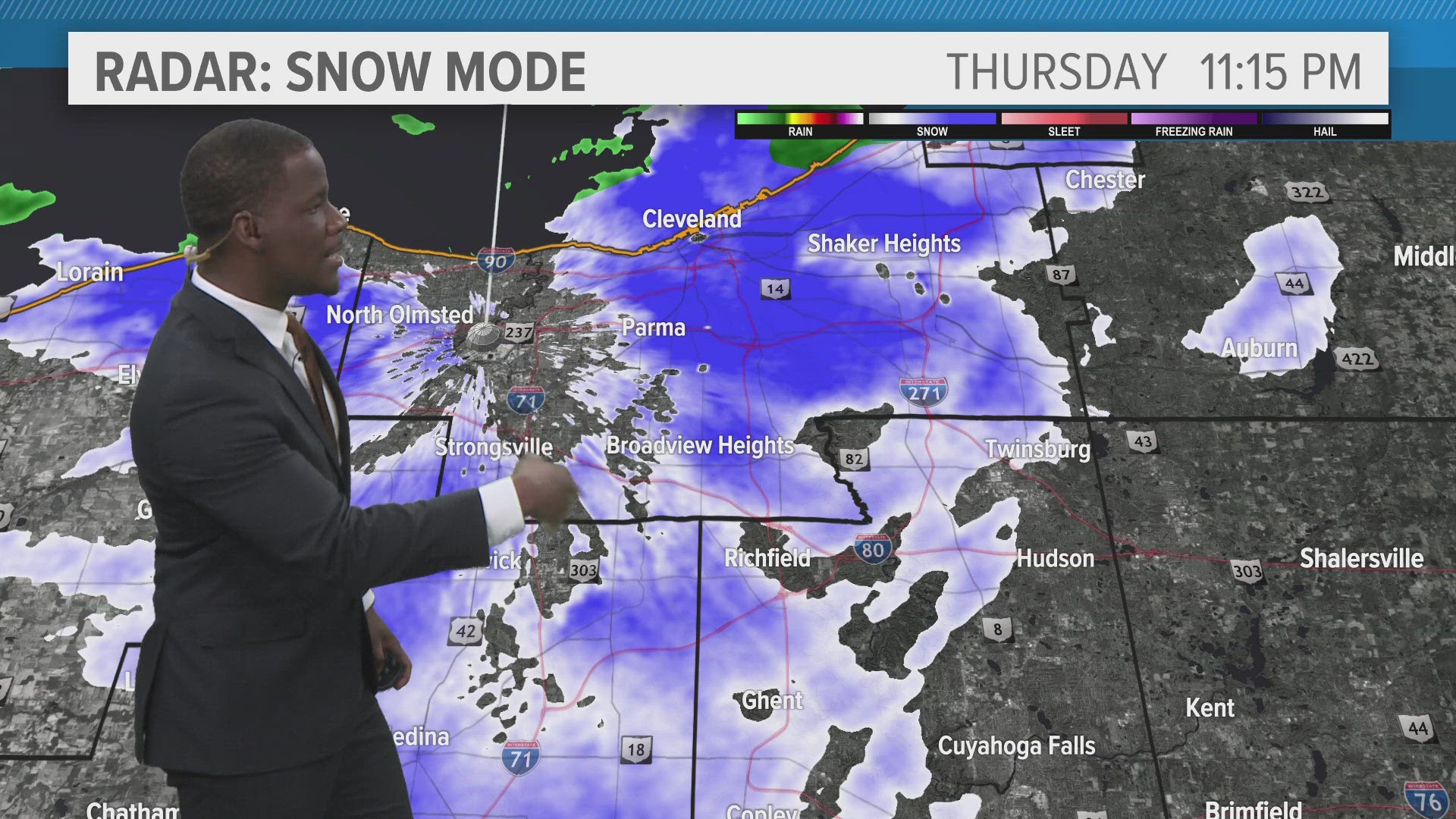One client was traveling to Asia, farther than he’d ever ventured. Another had booked a tour of Morocco, which she feared might be canceled due to instability in the region. Travel agent Sharon Estel urged both to pack one additional item — travel insurance.
“It’s something we try to recommend to everyone,” said Estel, lead agent at Vail Travel – Cruise Holidays of Charleston, which is based in Charleston, S.C. “We let them know it’s better to pay for the policy and have the insurance, because it’s very minimal in the long run, rather than not have it and need it.”
Hurricanes in the Caribbean, erupting volcanoes in Hawaii and tainted alcohol in Mexico are among the recent challenges travelers have faced, in addition to concerns over terrorism in Europe. Use of travel insurance typically increases during times of unrest, and those in the industry see a similar uptick now.
“It’s unfortunate, but it’s how the industry goes,” said Carol Mueller, vice president of marketing at Berkshire Hathaway Travel Protection. “As events happen, all the providers start to see a spike in their insurance sales.”
A U.S. Travel Insurance Association study found a 19 percent increase in travel protection expenditures between 2014-16. Americans spent almost $2.8 billion on travel insurance in 2016, according to the USTIA, with 42.6 million people covered by over 32.3 million plans.
While awareness of travel insurance might be raised by global events, purchasing it often comes down to more personal matters, like extending medical coverage or protecting against the loss of a deposit.
Check existing insurance and credit cards
Janet Ruiz, West Coast representative for the New York-based Insurance Information Institute, urges consumers to assess what they already have before purchasing an all-encompassing policy they might not need. Check with your medical insurer to see exactly where coverage protects you, Ruiz said, rather than assume you need additional coverage if traveling out of the country.
The same may be said for lost items in luggage, which might be covered by a homeowner’s policy.
Check credit cards to see what travel insurance they offer. Some cards may offer trip cancellation insurance as well as reimbursement for meals and lodging if your trip is delayed. Some cards even cover emergency medical evacuation and lost baggage protection. The key is to use that card to book your travel, otherwise you won’t benefit from the perk.
“You do need to take responsibility, find out what you already have and what you need if you want to be covered in those particular situations,” Ruiz said.
Bundles and extras
In the U.S., travel insurance is typically offered as a bundle covering trip cancellation and interruption, travel delays, medical expenses and evacuation, and lost, stolen or damaged baggage. The cost is around 5 to 7 percent of the trip costs for flight, hotel and other items booked in advance, such as attraction tickets, or requiring deposits, such as equipment rentals, Mueller said, with younger travelers typically paying less and older travelers more.
The bundle is what U.S. travelers gravitate toward, and what providers recommend, said Mueller.
“You can’t pick and choose what could go wrong,” she added. “So you need to know you’re covered for all the things that could possibly go wrong.”
Yet customers can still fine-tune their policy. Estel said travelers can add extras like “cancel for any reason” options or upgraded medical evacuations. Policies focusing on trip cancellation accounted for more than 87 percent of travel protection products sold in 2016, according to the USTIA, while policies focusing on medical coverage or evacuation accounted for 7.8 percent.
Ruiz said there remains “quite a bit of a la carte” for consumers who prefer one aspect of travel insurance over another. Medical coverage can be especially appealing for travelers whose regular policies don’t protect them outside the U.S.
“You have to look at what you’re buying and think about what benefits you — if I made a deposit on a big, expensive trip, or if I’m just taking a trip to Chicago,” said Ruiz, based in the San Francisco area. “A lot of people buy it for overseas travel because they like the medical emergency (coverage).”
Read the fine print
For Estel’s customer heading to Asia, travel insurance came in handy — he fell ill and had to fly home, she said. Medical coverage is usually tiered based on maximums, with the type of policy determining how much the traveler gets back.
Berkshire Hathaway, for example, offers plans covering $15,000, $25,000 or $50,000 in medical coverage. Trip cancellation coverage usually refunds the full amount, Mueller said, although the total may be split between the insurance company and what is returned by a tour operator.
Ruiz urges consumers to know limits for lost items in luggage, and whether they’re high enough to cover electronics or jewelry. And she cautions against confusing travel insurance with waivers offered by cruise lines or tour operators, which can be loaded with restrictions, such as not covering travelers before departure when they may need to cancel.
Where to shop for travel insurance
Travel insurance has become more visible since 9/11, which Mueller said raised the percentage of U.S. leisure travelers using it from less than 10 percent to between 25 and 30 percent.
And the internet has made it easier to find — InsureMyTrip.com, for example, offers plans from 30 different providers. Airline and cruise booking sites often offer options as well.
The post When Is Travel Insurance Worth It? appeared first on MagnifyMoney.
MORE FROM MAGNIFYMONEY:
MagnifyMoney is a price comparison and financial education website, founded by former bankers who use their knowledge of how the system works to help you save money.



